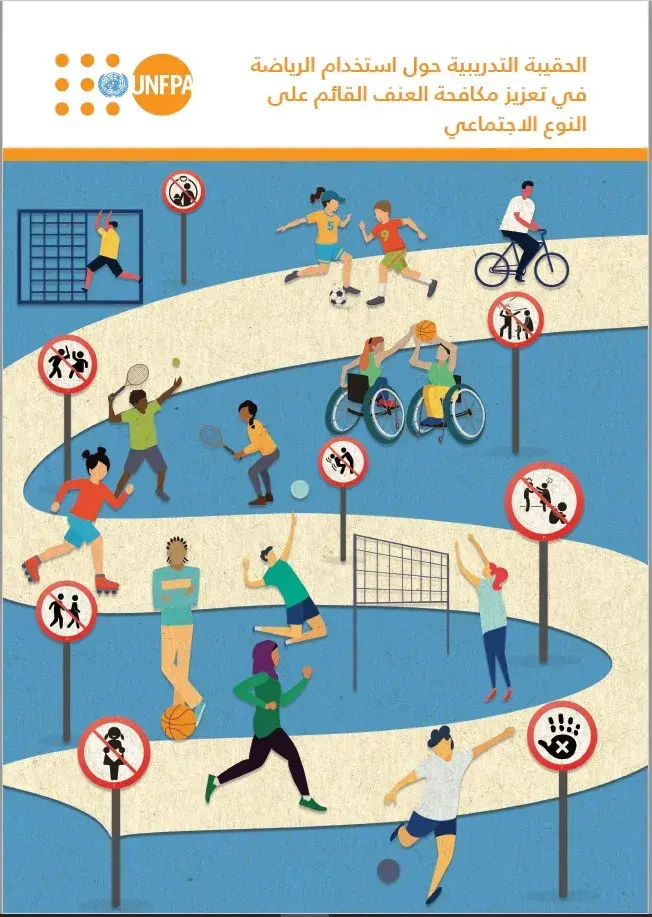Sports is one of the most important entry points for young people and adolescents. Sports are diverse enough to suit all age groups, and adapts to different environments, cultures, circumstances and humanitarian situations. It has the capabilities to help develop the potential of individuals, societies and countries.
Sports encourage people to grow, and helps overcome barriers that divide genders, and builds bridges to connect cultures. The United Nations considers sports as an effective tool to promote development and peace around the world, especially by helping millions participate in activities that promote fair competition.
From this standpoint, the United Nations Population Fund seeks to promote the use of sports in interventions related to population and reproductive health issues. For example, sports contribute to raising awareness of the importance of steady population growth, eliminating gender-based violence and promoting the use of family planning methods, all to promote the achievement of the 2030 Sustainable Development Goals.
This toolkit serves as a technical reference for users of sports as one of the techniques that raise awareness around ending gender-based violence in humanitarian settings, as the guide contains three main components, namely: The guiding component for users on mechanisms and methodologies to achieve a successful event. The second component includes the knowledge and information pertaining to the most important issues related to gender-based violence, in addition to a number of resources to enhance knowledge among the users of the toolkit. The third component also includes a number of models for activities and an educational sports program that ensures the achievement of the desired impact.


